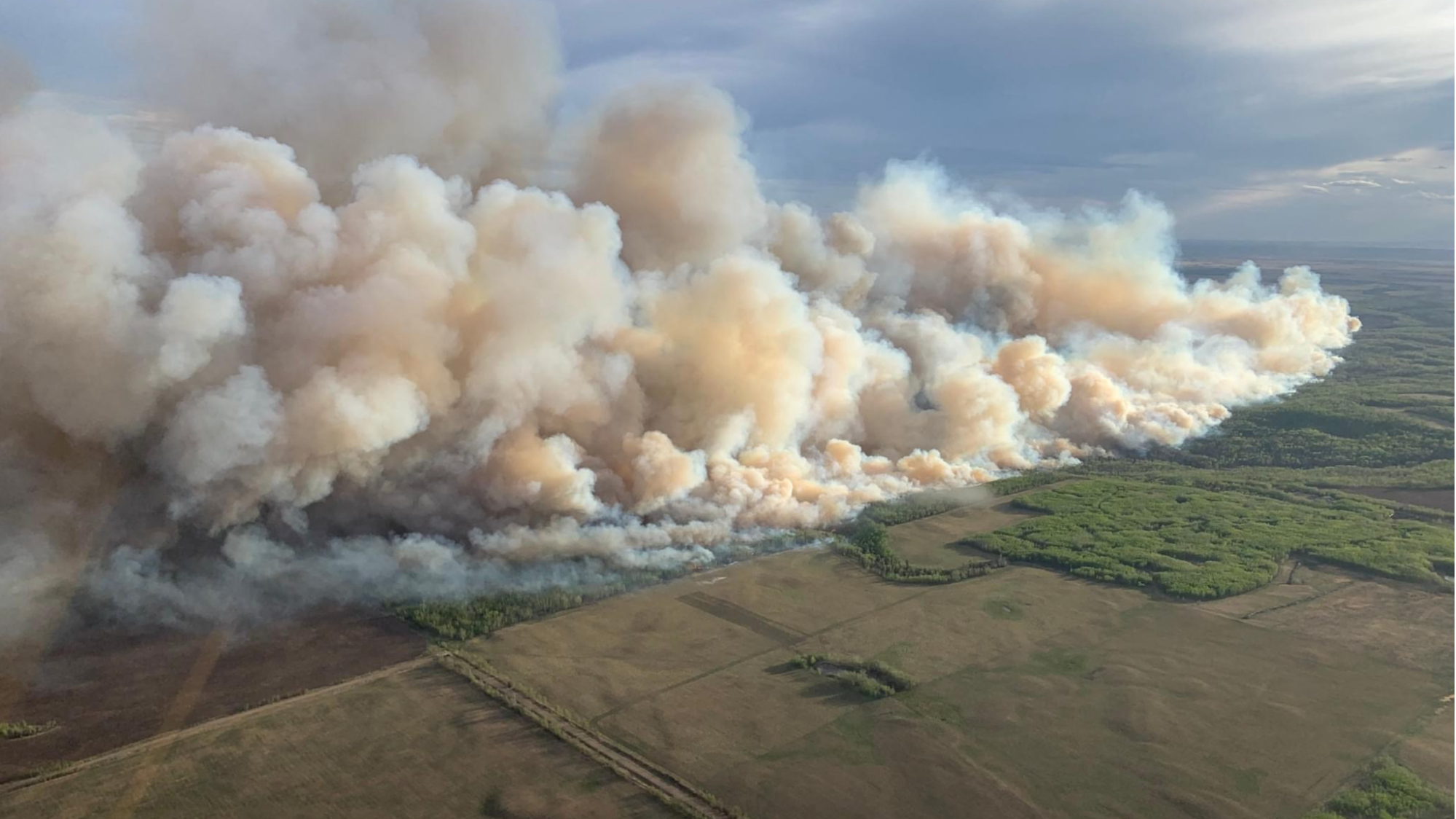
Canada is expecting a hotter-than-usual summer with slightly below-average precipitation in central Canada, government officials said on Tuesday, offering little relief from ongoing drought and the risk of another bad wildfire season.
Last year, Canada experienced its worst-ever fire season, with more than 6,600 blazes burning 15 million hectares, an area roughly seven times the annual average.
Weather models suggest temperatures over the next three months will be warmer than normal across most of the country, except along the coast of British Columbia, said Jennifer Smith, a meteorologist with the Meteorological Service of Canada
Low snowfall throughout an abnormally warm winter and widespread drought prompted the government to warn in April that 2024 could potentially be another "catastrophic" year for fires.
READ MORE: Government: Canada risks another 'catastrophic' wildfire season
Out-of-control forest fires in the western provinces of British Columbia and Alberta forced large-scale evacuations this spring, although cooler weather in late May and early June helped dampen down fire activity in recent weeks.
Rain across the prairies also helped improve drought conditions, although 45 percent of the country is still classed as abnormally dry, according to Agriculture Canada.
Weather models suggest temperatures over the next three months will be warmer than normal across most of the country, except along the coast of British Columbia, said Jennifer Smith, a meteorologist with the Meteorological Service of Canada.
The models predicted less rain than usual in central Canada but were not able to make reliable predictions for much of the rest of the country, she added.
READ MORE: Alberta wildfire season starts early as Canada's mild winter persists
"Canadians need to be ready for a warmer summer that could be met with drier conditions across the country," Smith told a media briefing, adding that would be conducive to wildfires and smoke.
So far, the 2024 fire season has been much quieter than last year, with 511,000 hectares burned year-to-date across Canada versus 4.7 million hectares at the same point in 2023, according to the Canadian Interagency Forest Fire Centre. However, wildfire activity typically ramps up during July and August.
This year, in response to feedback received last summer, the federal Environment Ministry is introducing a new air quality advisory system and daily smoke forecast maps to better inform Canadians about the health risk from wildfire smoke, officials said.


